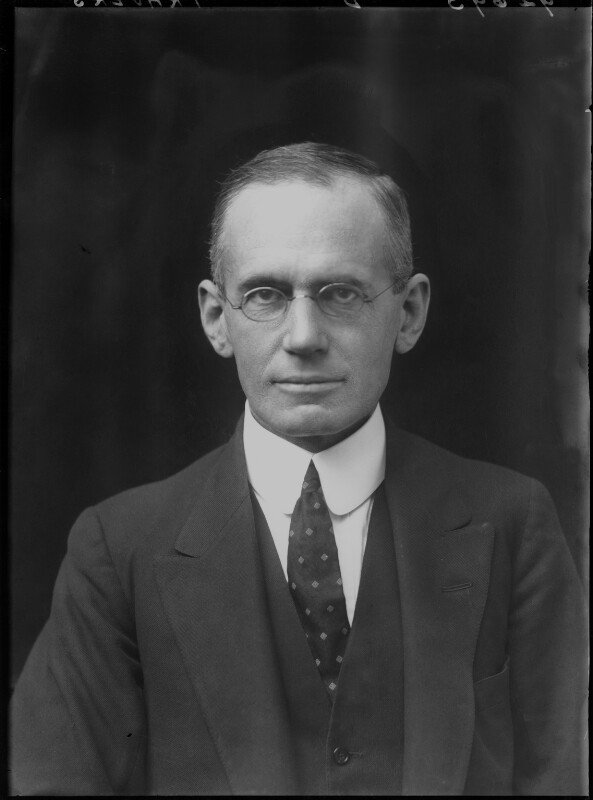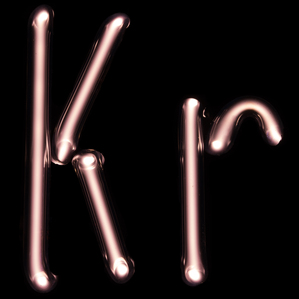

Once thought to be completely inert, krypton is known to form a few compounds. In 1960, the length of the meter was defined in terms of the orange-red spectral line of krypton-86, an isotope of krypton. When they analyzed the different components they discovered a completely new element- krypton. In the case of krypton, Mass number 83.80. In 1898, Sir William Ramsay (a Scottish chemist) and Morris Travers (an English chemist) managed to evaporate nearly all the components of liquid air. Is krypton a metal or not Krypton (Kr) exists as a colourless, odourless gas and is chemically inert. Classified as a noble gas, Krypton is a gas at room temperature. Krypton gas is also combined with other gases to make luminous signs that glow with a greenish-yellow light. Who Discovered Krypton There are trace amounts of krypton gas in the atmosphere. Krypton is a chemical element with symbol Kr and atomic number 36. Some fluorescent light bulbs are filled with a mixture of krypton and argon gases. Krypton is used in some types of photographic flashes used in high speed photography. Sir William Ramsay had also discovered several. The high cost of obtaining krypton from the air has limited its practical applications. British chemists Morris W Travers and Sir William Ramsay discovered the element of krypton in the year 1898. The earth's atmosphere is about 0.0001% krypton. Krypton was one of three noble gases discovered in 1898 by Scottish chemist and physicist Sir William Ramsay (1852-1916) and English chemist Morris William. Travers of Britain, in the residue left after liquid air had nearly boiled away. Small amounts of liquid krypton remained behind after the more volatile components of liquid air had boiled away. kryptos, hidden) Discovered in 1898 by Sir William Ramsay and M.W. The colorless solid decomposes at room temperature, but it can be stored indefinitely at 78 ✬. Pimentel at the University of California, Berkeley, used electrical discharge to prepare krypton difluoride (KrF 2) in 1963.
WHO DISCOVERED KRYPTON HOW TO
Travers in the residue left after a sample of liquid air had boiled. But over the years, chemists discovered how to make molecules that contain them.

Travers, an English chemist, while studying liquefied air. The element was discovered in 1898 by the British chemists Sir William Ramsay and Morris W. Krypton was discovered on by Sir William Ramsay, a Scottish chemist, and Morris M. kryptos, hidden) Discovered in 1898 by Ramsay and Travers in the residue left after liquid air had nearly boiled away.


 0 kommentar(er)
0 kommentar(er)
